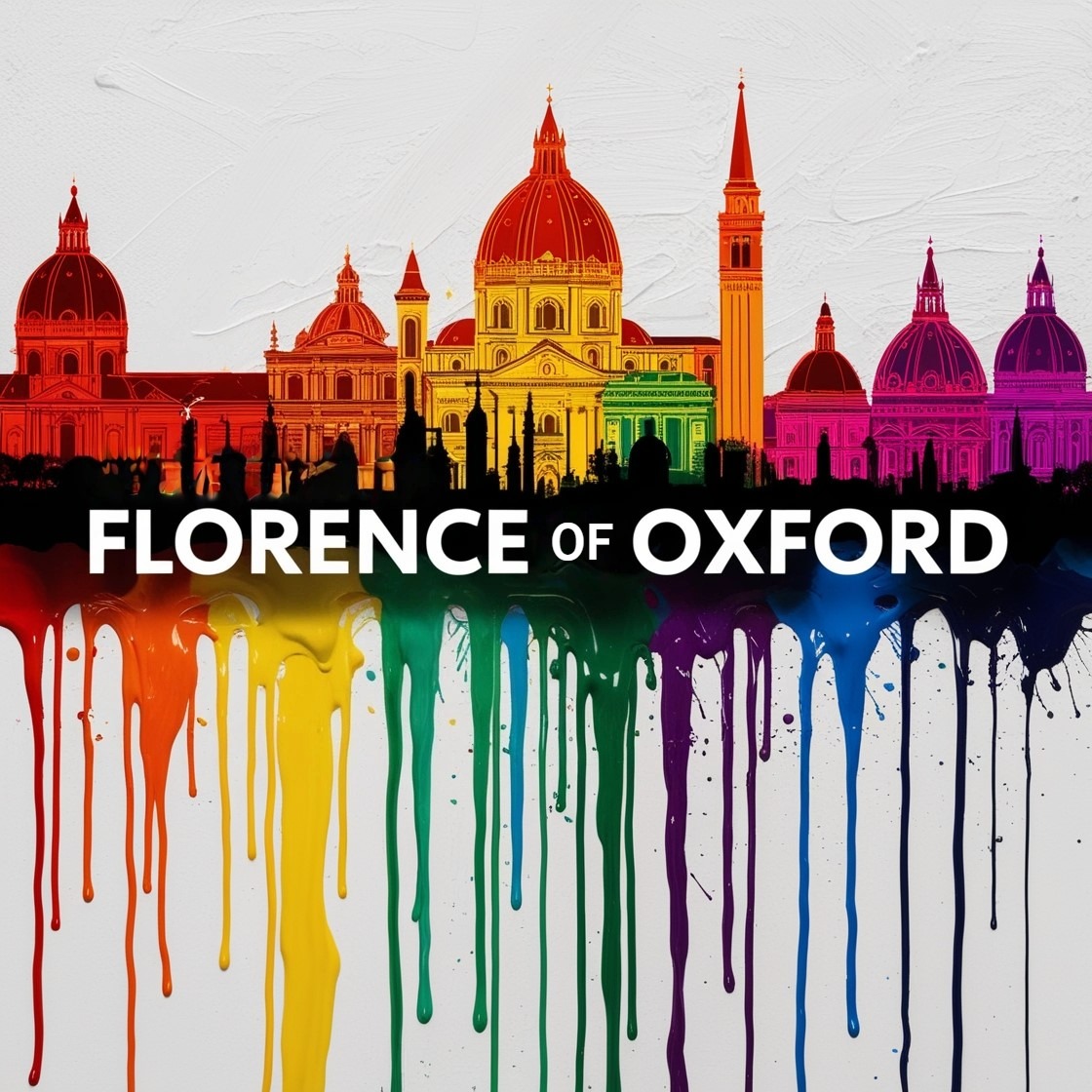About
Florence Of Oxford Vision
Our vision is to see Oxford in its full depth. It is a city of great architecture and learning, but also a place shaped by inequality, empire, and community struggle. Both sides matter.
Florence of Oxford connects three layers of meaning:
- The local Florence Park, a neighbourhood built in the 1930s for car factory workers, which carries stories of Welsh migration, rent strikes, and colonial street names tied to the East India Company. Today, it has become a desirable part of Oxford, known for its green spaces and strong community.
- The cultural Florence of Italy, whose Romanesque and Gothic traditions echo in Oxford’s colleges, chapels, and libraries places that still carry symbolic meaning today.
- The transatlantic Oxford, whose scholars influenced American independence and democratic ideals, and whose wealth and street names remind us of trade, empire, and global economies that bound Britain, India, and America together.
By holding these perspectives together, we see Oxford as more than a university city. It becomes a mirror of the human condition: beauty and struggle, achievement and exploitation, permanence and change.
Florence of Oxford is about looking at this whole picture honestly, and asking what it means for us now.
About
Florence of Oxford is part of the wider Beach Haus vision. Alongside Gensing Lodge (contemporary art) and the Church Retreat (esoteric and spiritual practice), Florence focuses on Oxford’s architecture and history.
Oxford is famous for its dreaming spires, its libraries, and its cloisters. These buildings stand in the traditions of Romanesque and Gothic Europe, where architecture was never only practical but always symbolic pointing to faith, knowledge, and transcendence. Oxford shares this heritage with Florence, Italy, whose influence on art and thought shaped Europe as a whole.
Florence Park adds another important layer. Originally developed in the 1930s for Oxford’s growing workforce, it became home to Welsh miners displaced after the collapse of coal and the defeat of the General Strike. It was a place of migration, choirs, football, and solidarity and later, protest during the rent strikes of 1934. Today, Florence Park is a flourishing, desirable neighbourhood, but its roots remain part of the story.
The streets also carry colonial legacies. Names such as Cornwallis, Clive, and Havelock honour men tied to the East India Company and through it, to empire, famine, and the global opium trade. These names connect Florence Park to the wider transatlantic story of empire, trade, and exploitation, linking Oxford not only to India but to America and beyond.
Florence of Oxford brings these strands together: the symbolic architecture, the histories of working people, and the global connections. It is about seeing Oxford whole the celebrated and the uncomfortable, the monumental and the human, and recognising its place in the wider story.
Key Features

3 bedrooms

1 bathrooms

Private Driveway parking

Family Friendly

Hairdryer

Iron & Board

Large Garden

Complimentary toiletries
Large Garden

Travel Cot

Books & Board Games

Crisp Linen and Fresh Towels

High Speed Wifi

Full Equipped Kitchen with Utensils

High Chair
Ground Floor
Lorem ipsum dolor sit amet, consectetur adipiscing elit. Ut elit tellus, luctus nec ullamcorper mattis, pulvinar dapibus leo.
Lorem ipsum dolor sit amet, consectetur adipiscing elit. Ut elit tellus, luctus nec ullamcorper mattis, pulvinar dapibus leo.
Kitchen
Lorem ipsum dolor sit amet, consectetur adipiscing elit. Ut elit tellus, luctus nec ullamcorper mattis, pulvinar dapibus leo.
Lorem ipsum dolor sit amet, consectetur adipiscing elit. Ut elit tellus, luctus nec ullamcorper mattis, pulvinar dapibus leo.





